Nolbu Budaejjigae Cheolpangui Eulji-ro 6ga(놀부부대찌개 철판구이 을지로6가)
8.3Km 2020-11-25
6 Eulji-ro 44-gil Jung-gu Seoul
+82-2-2264-7738
It is the largest chain of Budaejjigae (spicy sausage stew) franchises in Korea. The best menu at this restaurant is sausage stew. This Korean dishes restaurant is located in Jung-gu, Seoul.
GS25 - Dongdaemun Fashion Branch [Tax Refund Shop] (GS25동대문패션점)
8.3Km 2024-06-27
#101, 254, Eulji-ro, Jung-gu, Seoul
-
Jongmyodaeje (Royal Ancestral Memorial Rite of Joseon) (종묘대제)
8.4Km 2022-10-05
157, Jong-ro, Jongno-gu, Seoul
• 1330 Travel Hotline: +82-2-1330 (Korean, English, Japanese, Chinese) • For more info: +82-2-3210-4806, +82-2-6011-1067
Jongmyodaeje, Korea’s Royal Ancestral Memorial Rite, is a traditional ritual that has been recognized with many important designations. It is a UNESCO Masterpiece of the Oral and Intangible Heritage of Humanity, Important Intangible Cultural Property No. 56 (Jongmyo Jerye), and Korea’s Important Intangible Cultural Property No. 1 (Jongmyo Jeryeak). The ritual is held yearly on the first Sunday of May. It begins with eogahaengnyeol, the fabulous royal parade dating from the Joseon dynasy, which is truly a sight to behold as it moves through the modern city.
Jongmyodaeje originated as a royal ancestral ritual to honor the past kings and queens of the Joseon dynasty. During the Joseon era, the ritual was held five times a year (spring, summer, autumn, winter, and December) until it was abolished by Japanese colonial rule. In 1969, Jongmyodaeje was reinstated and has been held in May every year since.
Jongmyo Shrine, the destination of the procession, was the setting of ceremonial rituals during the Joseon dynasty. Originally, Jongmyo only referred to Jeongjeon (Main Hall) where the memorial tablets of Joseon’s reigning kings and queens are enshrined. Today, however, Jongmyo also encompasses Yeongnyeongjeon (Hall of Eternal Peace) where the tablets of posthumous kings and queens are enshrined and Gongsindang (Hall of Meritorious Subjects) where the tablets of esteemed ministers of the state are kept.
Gwangjang Market (광장시장)
8.4Km 2024-07-08
88, Changgyeonggung-ro, Jongno-gu, Seoul
+82-2-2267-0291
Gwangjang Market was the first permanent market in Korea and continues to thrive as a popular tourist destination today. The name Gwangjang means "to gather from afar and keep altogether." The market began as a small trading center that brought in goods from nearby regions, but has now grown into a large wholesale market selling a variety of goods, including upholstery, imported goods, groceries, dried fish, traditional goods, and more. The most popular section of the market is the food street connected to the East Gate, North Gate 2, and South Gate 1. The food street caters to a wide range of patrons due to the plethora of menus available. It is also one of the most recommended tourist attraction for international travelers.
Eunseong Hoejip (은성회집)
8.4Km 2021-03-29
88, Changgyeonggung-ro, Jongno-gu, Seoul
+82-2-2267-6813
You can enjoy Daegu maeuntang (fish stew), which is perfect for hangover. This restaurant's signature menu is sicy codfish stew. This Korean dishes restaurant is located in Jongno-gu, Seoul.
Olive Mart [Tax Refund Shop] (주식회사 올리브마트)
8.4Km 2024-04-16
1F, 229-3, Jangchungdan-ro, Jung-gu, Seoul
-
Moonlight Tour at Changdeokgung Palace (창덕궁 달빛기행)
8.4Km 2024-08-20
99 Yulgok-ro, Jongno-gu, Seoul
+82-1522-2295
The Moonlight Tour at Changdeokgung Palace is a high-quality cultural event held at Changdeokgung Palace, a UNESCO World Heritage. The tour offers a unique opportunity to witness and experience palatial beauty under the moonlight.
Donggwol Maru - Korea Cultural Heritage Foundation Branch [Tax Refund Shop] (한국문화재재단 동궐마루)
8.4Km 2024-10-15
99, Yulgok-ro, Jongno-gu, Seoul
-
Darakjeong (다락정)
8.4Km 2021-03-26
131-1, Samcheong-ro, Jongno-gu, Seoul
+82-2-725-1697
Darakjeong has been popular for a long time because of the simple taste of its traditional Mandu (Korean stuffed dumpling). Since its opening in 1991, tasty soup and scrumptious Mandu have been served. A fist-sized Mandu is fully packed with seasoned meat, bean-curd, and various vegetables. Its thick dough makes it chewy and delightful. For one person, “Manduguk”(boiled dumpling soup) is a good choice. The delicious and nourishing taste of Mandu goes well with the sweet, spicy, and fresh taste of the soup. Manduguk is served in a brass bowl which keeps the food warm while eating. For a large-size group, “Mandujeongol” cooked with various vegetables in a casserole is recommended. There are two types of Mandujeongol that have different tastes. The main characteristic of “Kimchi Mandujeongol” is its spicy flavor, which reminds people of the refreshing taste of Kimchi soup, and “Tojang Mandujeongol” expounds on the savory taste of bean-paste soup. Tojang means folk soybean-paste. “Nokdujeon”(a Korean pan-fried dish with green mung bean) is another famous dish at Darakjeong, which is pan-fried with a very light seasoning to emphasize the original taste of Nokdu (green mung bean). Salted oysters with hot pepper are served with Nokdujeon instead of soy sauce, which is a perfect match.
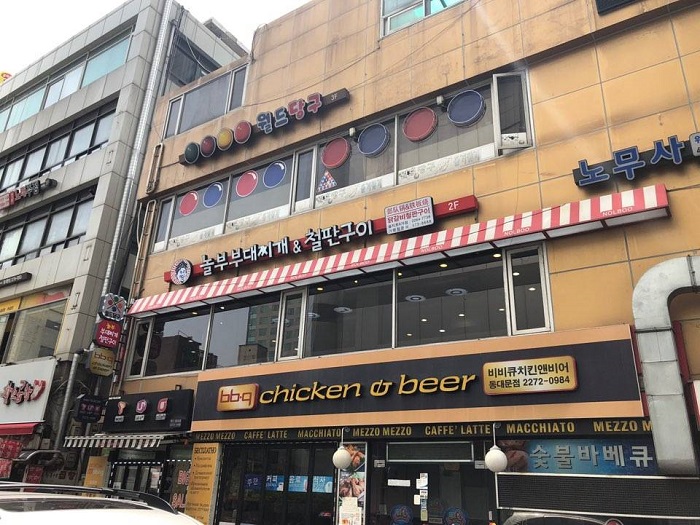

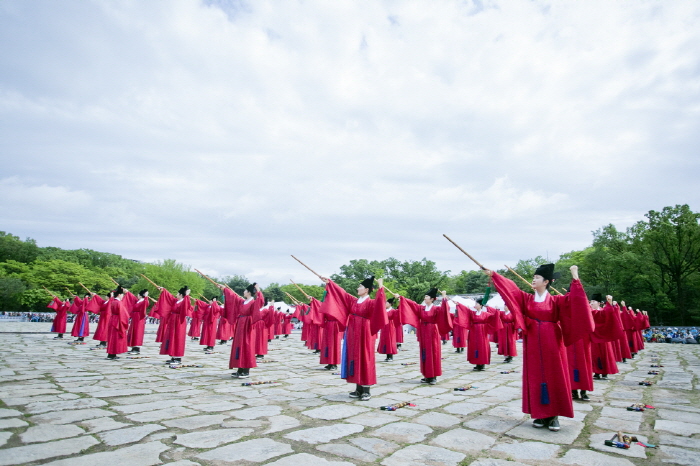
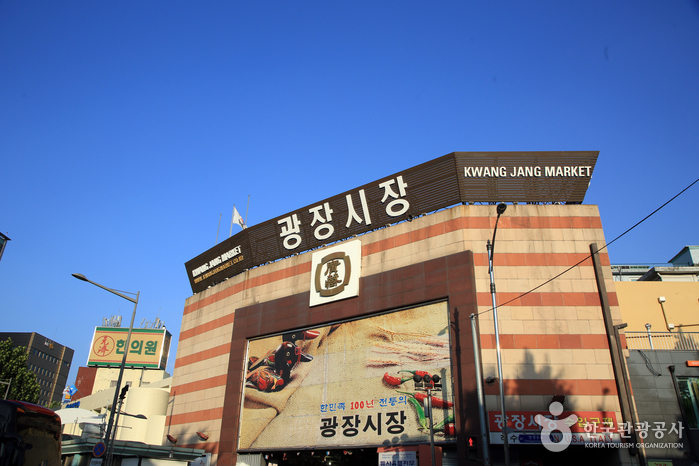
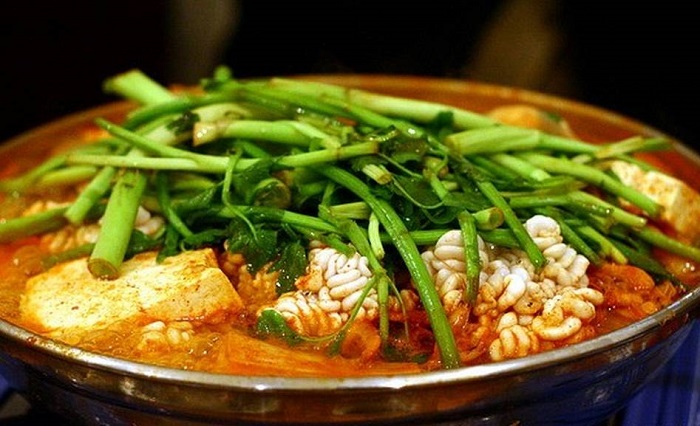
![Olive Mart [Tax Refund Shop] (올리브마트)](http://tong.visitkorea.or.kr/cms/resource/76/2878676_image2_1.jpg)
![Olive Mart [Tax Refund Shop] (주식회사 올리브마트)](http://tong.visitkorea.or.kr/cms/resource/77/2878677_image2_1.jpg)
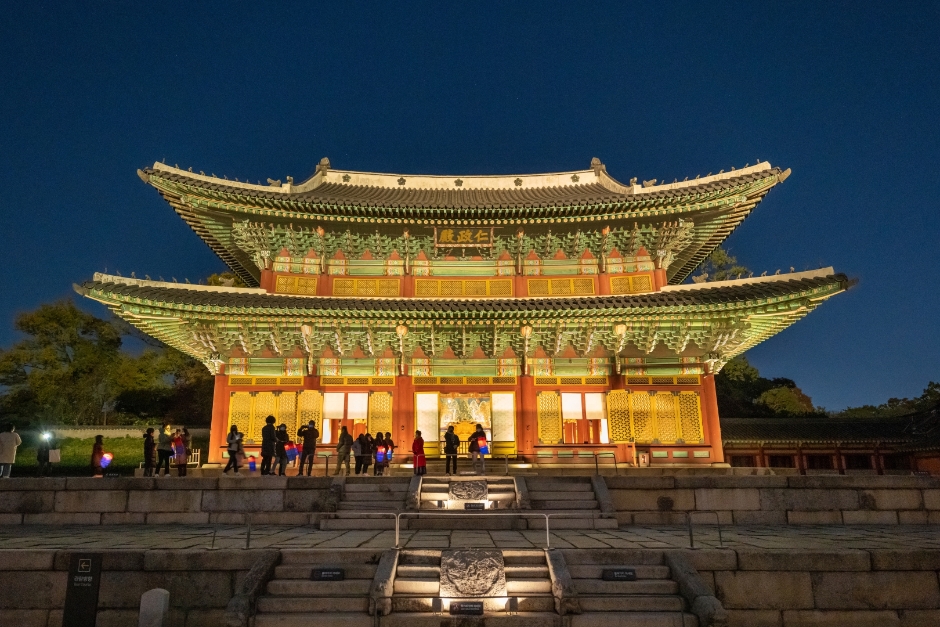

 English
English
 한국어
한국어 日本語
日本語 中文(简体)
中文(简体) Deutsch
Deutsch Français
Français Español
Español Русский
Русский